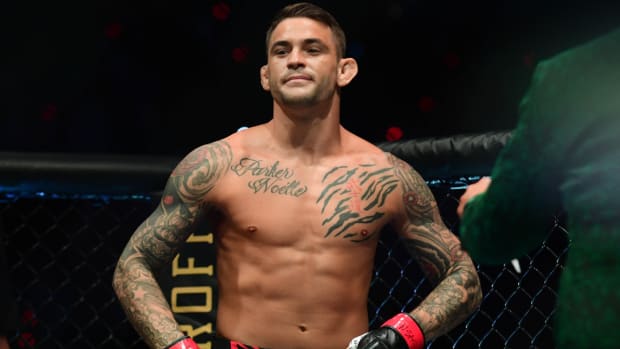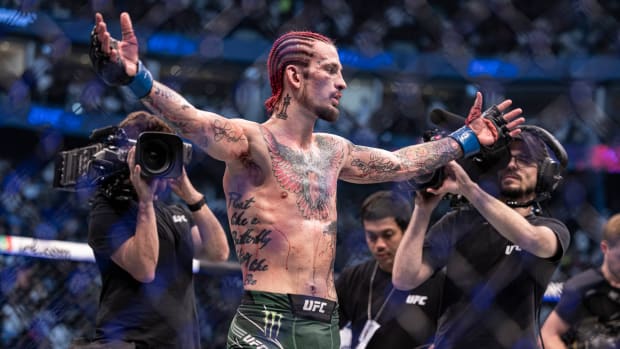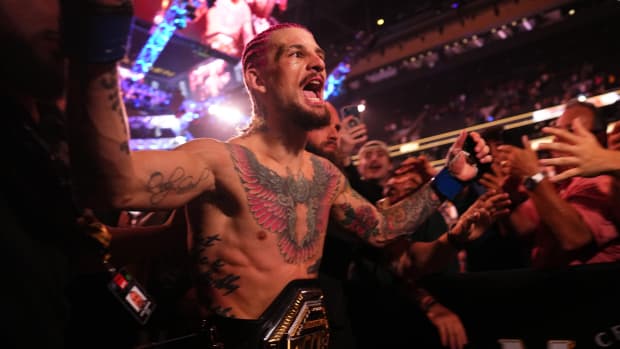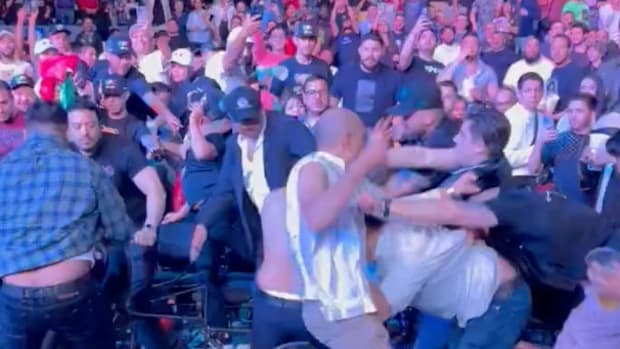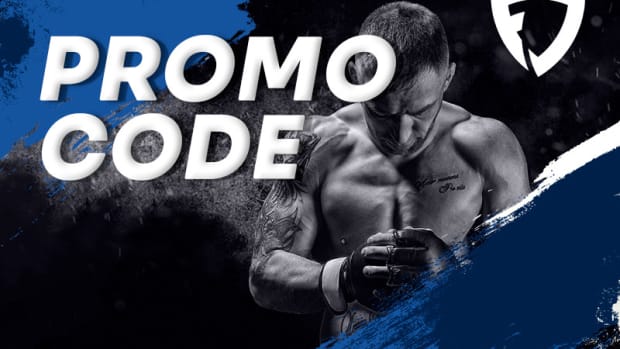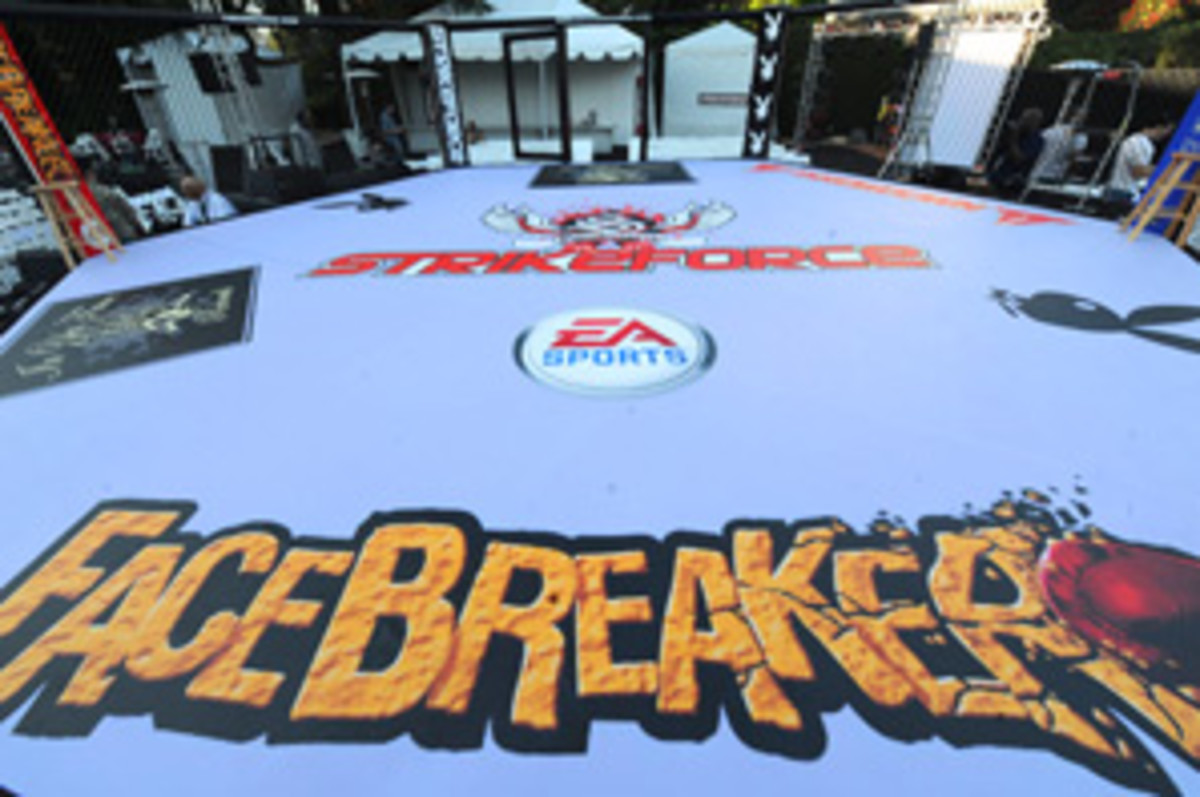
Mixed martial arts' benefits from sponsors may be in its early stages
The Ultimate Fighting Championship and the sport of mixed martial arts have seen an explosion in popularity since the advent of The Ultimate Fighter reality television series. With this explosion, the UFC and its athletes are just now beginning to reap the benefits from sponsors. And with key deals having guided MMA thus far, the road has been paved for future opportunities to come knocking.
The Business-Fighter
Initially, there were two cornerstone sponsorship deals in the early, pre-Zuffa years of the UFC. TapouT's sponsorship efforts at the earliest of UFC shows made the apparel company's brand synonymous with the sport. TapouT's early taking to MMA has since turned into ownership of roughly 75 percent of the sport's apparel market.
Another early landmark in the sponsorship realm was the formation of Punishment Athletics by Tito Ortiz, a deal that spawnedthe MMA athlete-entrepeneur. Others have since followed Ortiz's footsteps, namely Randy Couture with his Xtreme Couture line, Dan Henderson with Clinch Gear and Josh Koscheck's MAR apparel line.
The Kimbo Craze
To date, the marketing blitz behind Kevin "Kimbo Slice" Ferguson -- a fighter known more for his street-fighting clips on YouTube than his mixed martial arts skills -- garnered, arguably, the most mainstream play for the sport to date. In between his two prime-time appearances on CBS, he snagged a supporting role in a Nike ad campaign with NFL running back LaDainian Tomlinson, was featured in EA Sports' video game Facebreaker and (for better or worse) became the face of the sport for the near-seven-month span via media attention and promotion.
Mainstream Sponsors
But though his fan following seemed to deflate following his Oct. 4 performance at EliteXC: Heat, Slice's sponsorship opportunities provided a window into the future of mainstream possibilities for MMA personalities.
On the organizational end of the spectrum, there have been a few key deals that have made significant leaps for MMA in capturing mainstream sponsors. An agreement -- a far-reaching agreement -- with energy drink manufacturer Xyience included sponsorship of The Ultimate Fighter, Octagon signage and significant ad buys on UFC programming. While Xyience folded in January, the partnership illustrated the ability of the UFC to move a market with its deals. Xyience saw a major increase in its profile among supplement and energy drink market with the UFC on its side. In turn, the UFC used the alliance as a launching pad to lure other sponsors.
The entry of blue-chip sponsors Bud Light and Harley Davidson in 2008 was the high-water mark for the promotion as it attracted the brightest of lights from Madison Avenue. The twin deals brought in the support of companies that are known for their involvment in the world of sport, primarily the top money making sports like the NFL. The brands appeal to a much wider demographic than the malt liquor and movie studio ad buys that had been prevalent to that point, and both allowed the UFC to trade off their 18-34 demographic prowess to expand their exposure to the mainstream.
The future of major sponsorships in MMA will follow diverging tracks, with deals originating from the UFC and agents.
The "Trickle Down" Model
With UFC-generated sponsorship opportunities, the promotion can act as the conduit for the fighters, snagging subsequent deals with the same sponsor. This trickle-down model of sponsorships is best embodied by the Anheuser-Busch agreement. With offshoots of the primary deal, personalities including ChuckLiddell, Anderson Silva and Rachelle Leah have garnered contracts.
Unfortunately for the fighters (and Octagon girls) the UFC scores the most in such models. The "trickle down" intent usually trickles back up to the corporate level, handing the promotion the vast majority of earned marketing dollars.
The Non-Fighting Fighter Model
"The UFC makes a great platform," said Jason Genet of LG Sports Marketing. "The fighters have to learn how to leverage the platform created by the UFC."
Genet, a leader in the MMA field for procuring sponsorship opportunities, also sees value in building the aura of the fighter outside the cage.
"We develop our fighters and build marketing strategies for them that allow them to create their own fan base outside of the organizations fan base," he said. "We build them passive incomes that enable them to extend their brand and earn from it."
Developing opportunities outside their fight promotions mark another major avenue through which top sponsors will enter the sport. Facilitated by high-profile agents and managers who have expertise in garnering sponsorships deals with high-profile companies, enhancing the full personality of fighters has already taken foot with the recent signing of UFC welterweight champ GeorgesSt-Pierre with talent agency CAA Sports.
The partnership between the young French-Canadian and CAA looks to be mutually beneficial to both parties, as CAA sees mixed martial arts as a sport that is easily translatable and marketable to a big audience.
"Everybody understands a one-on-one fight," Howard Nuchow, the co-head of CAA Sports, told The Canadian Press. "The concept is so understandable that we just think it's incredibly transportable around the world. The ad-buying community is very used to CAA having quality assets and what will be fun about this is adding Georges into that mix"
From St-Pierre's perspective, signing with CAA gives him entry into a higher level of sponsorship possibilities. Through its pre-existing relationships with mainstream companies, CAA will have a much easier time selling MMA to corporate America.
"There is still a ways to go in selling the sport itself, in educating people about MMA," said St-Pierre's manager, Shari Spencer. "It's a matter of breaking down doors, and CAA is helping with that."
This option is attractive to the fighter because he receives more equitable compensation for his likeness in comparison to the UFC's trickle-down method. Such a sponsorship strategy also diversifies the fighter's revenue streams as he branches off into money generating areas outside of the UFC's label.
But it doesn't come risk-free, though. Such efforts have to be done without the UFC as a partner and in circumstances where the promotion is often an adversary. With the growth of mixed martial arts, CAA may be the first but certainly not the last among talent agencies entering the fight industry. Competing along side the UFC in garnering deals will benefit the sport --though contentiously so -- by driving more money into the hands of fighters and promoting competition in the industry.
"The more MMA becomes accepted, the more big companies will jump on," said agent Malki Kawa, whose clients include Thiago Alves, Bobby Lashley and Thiago Silva. "It's just a matter of time, the masses always win."

